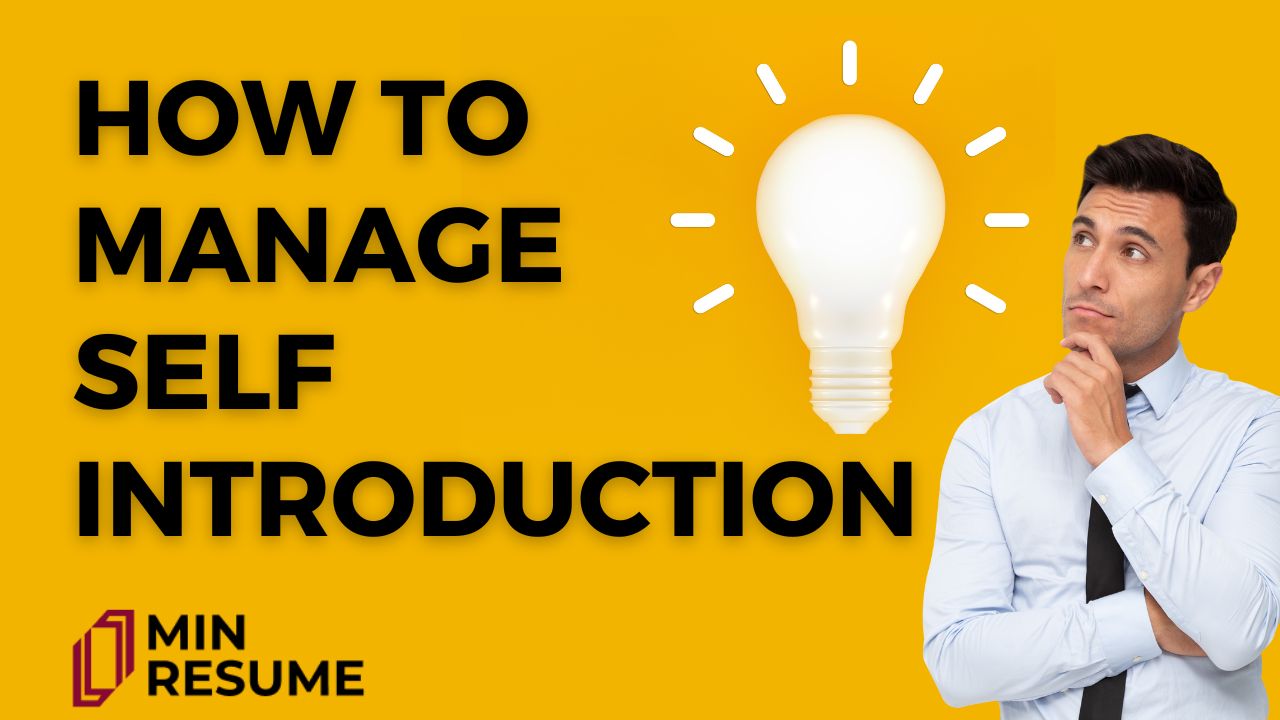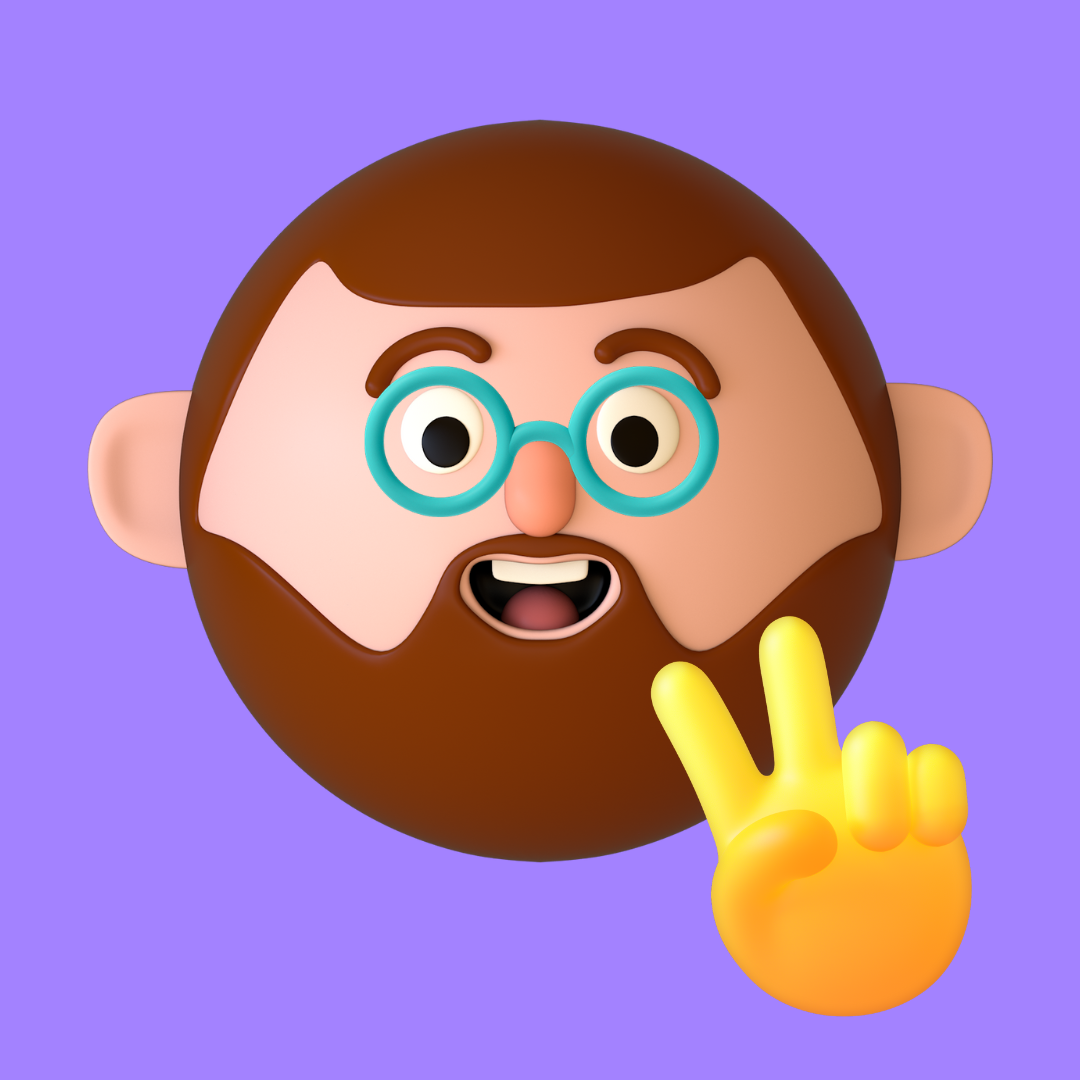How to manage self introduction in interviews

04 May 2023

Self introduction tips for fresh graduates
Preparation can definitely help to manage the stress and anxiety associated with self-introduction in an interview. By taking the time to prepare beforehand, you can feel more confident and relaxed during the interview, which can help you to make a better impression on the interviewer.
Self-introduction in the context of interviews refers to a brief summary of who you are, your background, and your professional experience. It's typically the first question asked in an interview and serves as an opportunity to make a good first impression on the interviewer. A good self-introduction should be concise and focused on the key points that you want to convey. It should include your name, your current position or professional background, your key skills and achievements, and your goals or interests related to the position you are interviewing for. Demonstrates a well-rounded personality: Physical hobbies such as running, yoga, or swimming can show that the candidate has interests and passions beyond academics. This can help to demonstrate a well-rounded personality and make the candidate more relatable and memorable to potential employers. Highlights key skills: Physical hobbies can showcase skills such as discipline, perseverance, and commitment. These are all desirable traits for employers, and including physical hobbies in a resume can help to highlight these skills. Demonstrates a proactive attitude: Pursuing physical hobbies requires a proactive attitude and the willingness to take initiative. This can demonstrate to potential employers that the candidate is proactive, motivated, and takes ownership of their goals. Indicates a healthy lifestyle: Physical hobbies such as running, yoga, or swimming indicate that the candidate leads an active and healthy lifestyle. This can reflect positively on the candidate's overall well-being and can indicate that they may be a good fit for a job that requires physical activity or requires good health. Helps the candidate stand out: Including physical hobbies in a resume can help the candidate stand out from other candidates who may not have included such hobbies. This can help to make the candidate more memorable to potential employers and give them an edge in a competitive job market.
Idea in Brief
Self-introduction in an interview is a brief summary of who you are, your background, and your professional experience. A good self-introduction should be clear, concise, and focused on the key points you want to convey. It should highlight relevant experience and skills, be confident and positive, and authentic. Preparation can help to manage the stress and anxiety associated with self-introduction in an interview, and can involve researching the company, reviewing your resume, practicing your self-introduction, using positive language, and being yourself. Overall, a strong self-introduction can help set the tone for a successful interview and give the interviewer a positive first impression of you as a candidate
Why self introduction is stressful
Self-introduction can be stressful for a number of reasons: It's the first impression: Self-introduction is typically the first question asked in an interview, which means it sets the tone for the rest of the conversation. This can put a lot of pressure on candidates to make a good impression right from the start. It's personal: Self-introduction involves talking about yourself, which can feel uncomfortable or awkward for some people. It can be difficult to strike the right balance between sharing enough information and not oversharing or coming across as arrogant. It's unfamiliar: For many people, job interviews are an unfamiliar or high-stakes situation, which can increase anxiety and stress levels. Self-introduction can feel particularly daunting if you haven't had a lot of experience with job interviews or public speaking. It's important: Self-introduction is an important part of the interview process, as it gives the interviewer a chance to get to know you as a person and assess your fit for the position. The stakes can feel high, especially if you really want the job.
Overall, self-introduction can be stressful because it requires candidates to present themselves in a positive and professional manner while also being authentic and true to themselves. By preparing ahead of time and practicing your self-introduction, you can help to manage this stress and increase your confidence and comfort level during the interview.
If it is of any consolation, even the most experienced professionals can feel nervous about self introduction, The good news is, with a little bit of planning and preparation, you can easily overcome the stress involved in handling self introduction.
Tips for preparing for self introduction
Here are some tips for preparing for a self-introduction in an interview:
Research the company: Before the interview, research the company and the position you are applying for. This will give you a better understanding of the company's culture, values, and mission, as well as the specific skills and experience they are looking for in a candidate. Review your resume: Review your resume and make note of your key skills, experiences, and achievements that are relevant to the position you are applying for. Practice your self-introduction: Practice your self-introduction in front of a mirror or with a friend or family member. This can help you to refine your message, improve your delivery, and feel more comfortable speaking about yourself.
Use positive language: When delivering your self-introduction, use positive language that emphasizes your strengths and achievements. This can help to convey confidence and enthusiasm to the interviewer. Be yourself: Above all, be yourself. Don't try to be someone you're not or use language that doesn't feel authentic to you. The interviewer is looking to get to know you as a person, so it's important to be genuine and authentic in your self-introduction. By taking these steps to prepare for your self-introduction, you can feel more confident and relaxed during the interview, which can help you to make a positive impression on the interviewer and increase your chances of landing the job.
Practicing Self Introduction
There are several ways you can practice your self-introduction:
Record yourself: Use your smartphone or computer to record yourself giving your self-introduction. Listen to the recording and evaluate your tone, pace, and delivery. Practice with a friend or family member: Ask a friend or family member to listen to your self-introduction and give you feedback on your delivery and content. Join a public speaking or networking group: Joining a group dedicated to public speaking or networking can provide you with opportunities to practice your self-introduction in front of a supportive audience.
Practice in front of a mirror: Stand in front of a mirror and practice your self-introduction. Observe your body language, facial expressions, and tone. Practice in different settings: Practice your self-introduction in different settings, such as in front of a camera, in a mock interview, or at a networking event. This will help you to become more comfortable with delivering your self-introduction in various situations.
Practice in front of a mirror
Practicing your self-introduction in front of a mirror can be a helpful way to improve your delivery and nonverbal communication. Here are some tips for practicing in front of a mirror: Observe your body language: Stand in front of the mirror and observe your body language as you deliver your self-introduction. Are you making good eye contact? Are you standing up straight and projecting confidence? Practice your tone: Pay attention to your tone of voice. Are you speaking too quickly or too slowly? Are you varying your tone to keep your audience engaged? Watch your facial expressions: Observe your facial expressions as you deliver your self-introduction. Are you smiling? Do you appear friendly and approachable? Practice your gestures: Use the mirror to practice your gestures as you deliver your self-introduction. Are you using your hands effectively to emphasize key points? Refine your delivery: As you practice in front of the mirror, make note of areas where you can improve your delivery. Keep refining your self-introduction until you feel confident and comfortable with your delivery. Remember that the goal of practicing in front of a mirror is to improve your nonverbal communication and overall delivery. By paying attention to your body language, tone, facial expressions, and gestures, you can enhance your self-presentation and project confidence and professionalism during your self-introduction.

